When we think of big cats, animals like lions, tigers, and leopards immediately come to mind. Renowned for their powerful physiques and hunting prowess, these apex predators dominate the animal kingdom. However, nature often defies our expectations, and some big cats fall prey to unexpected predators. This article explores eight of these surprising adversaries. Join us as we delve into the fascinating dynamics of the natural world.
Understanding Predator-Prey Relationships
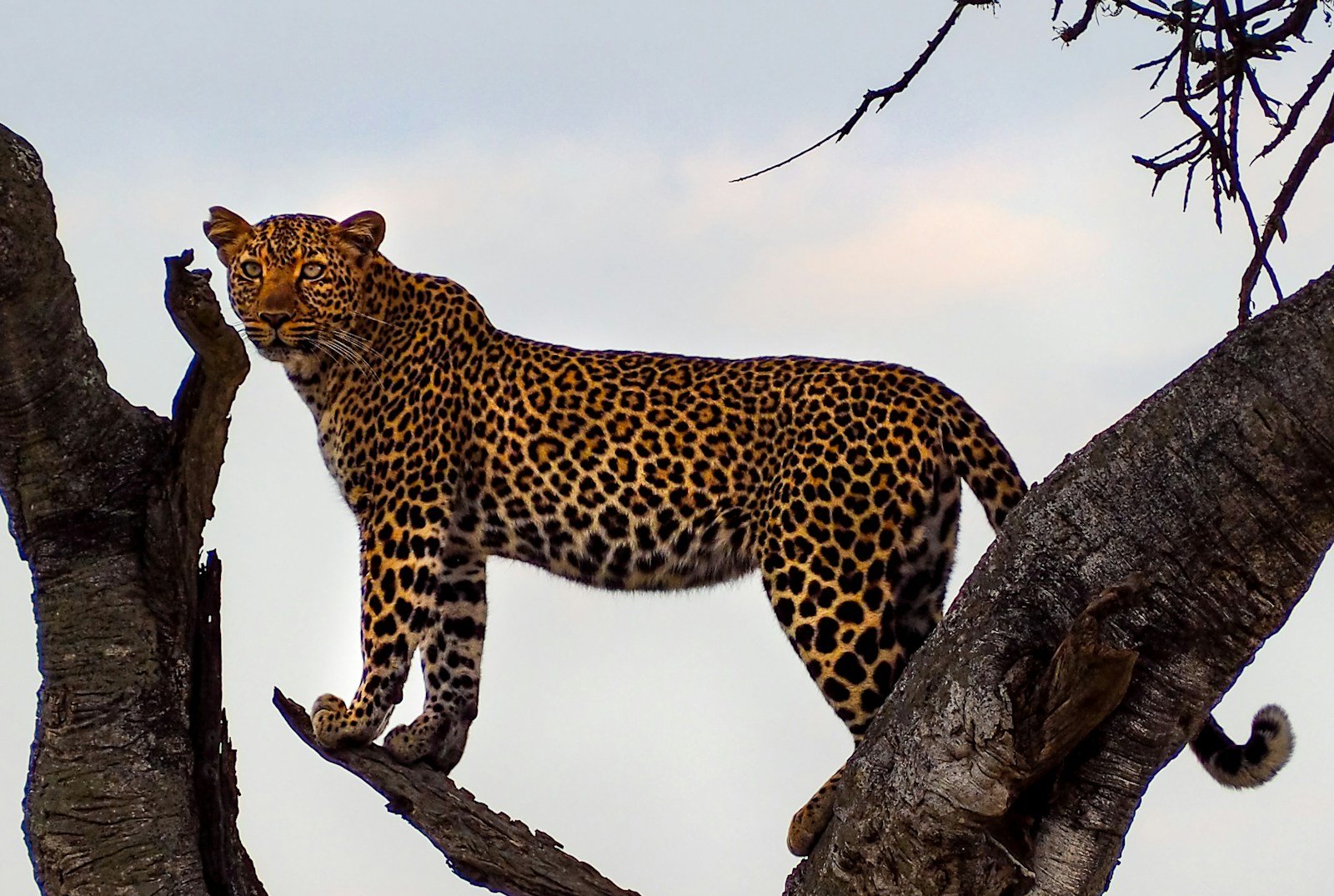
The predator-prey relationship is a complex ecological interaction. While apex predators like big cats usually sit at the top of the food chain, they are not invincible. Various factors, including size, group tactics, and environmental conditions, can influence their vulnerability to other predators. Let’s explore some notable examples.
Crocodiles: Rivals in Water
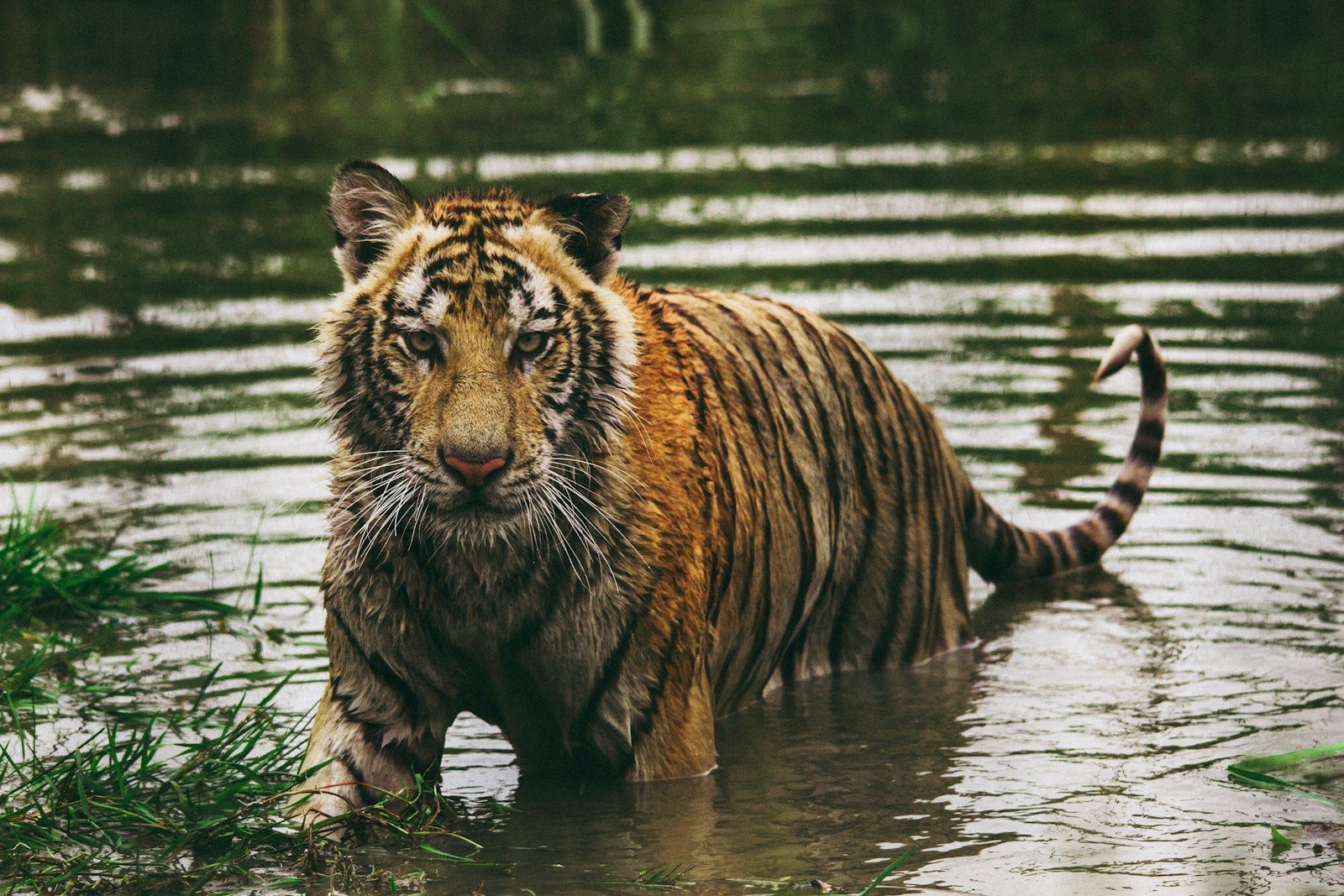
Big cats like tigers and jaguars are known for their swimming skills, but this sometimes places them in the path of crocodiles. In shared habitats such as riverbanks or swampy areas, crocodiles have been known to ambush big cats. Although rare, these encounters showcase the crocodile’s formidable jaw strength and patience as an ambush predator.
Hyenas: Opportunistic Packs
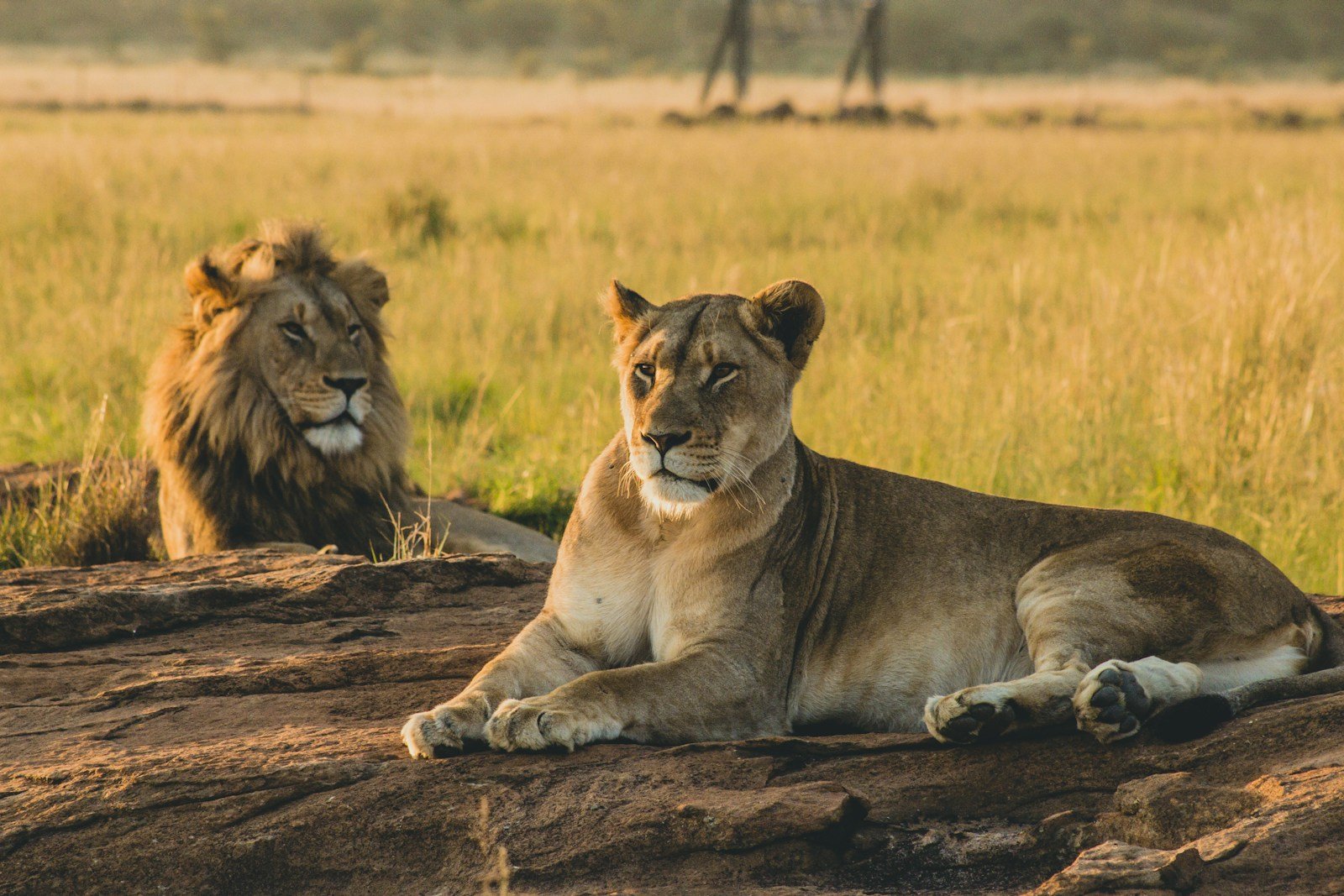
In the African savannah, lions sometimes fall prey to hyenas. Although smaller, hyenas use their intelligence, pack numbers, and endurance to harass and overpower solitary or injured lions. While the lion is typically the predator, tables can turn when food competition increases.
Komodo Dragons: Island Lurkers
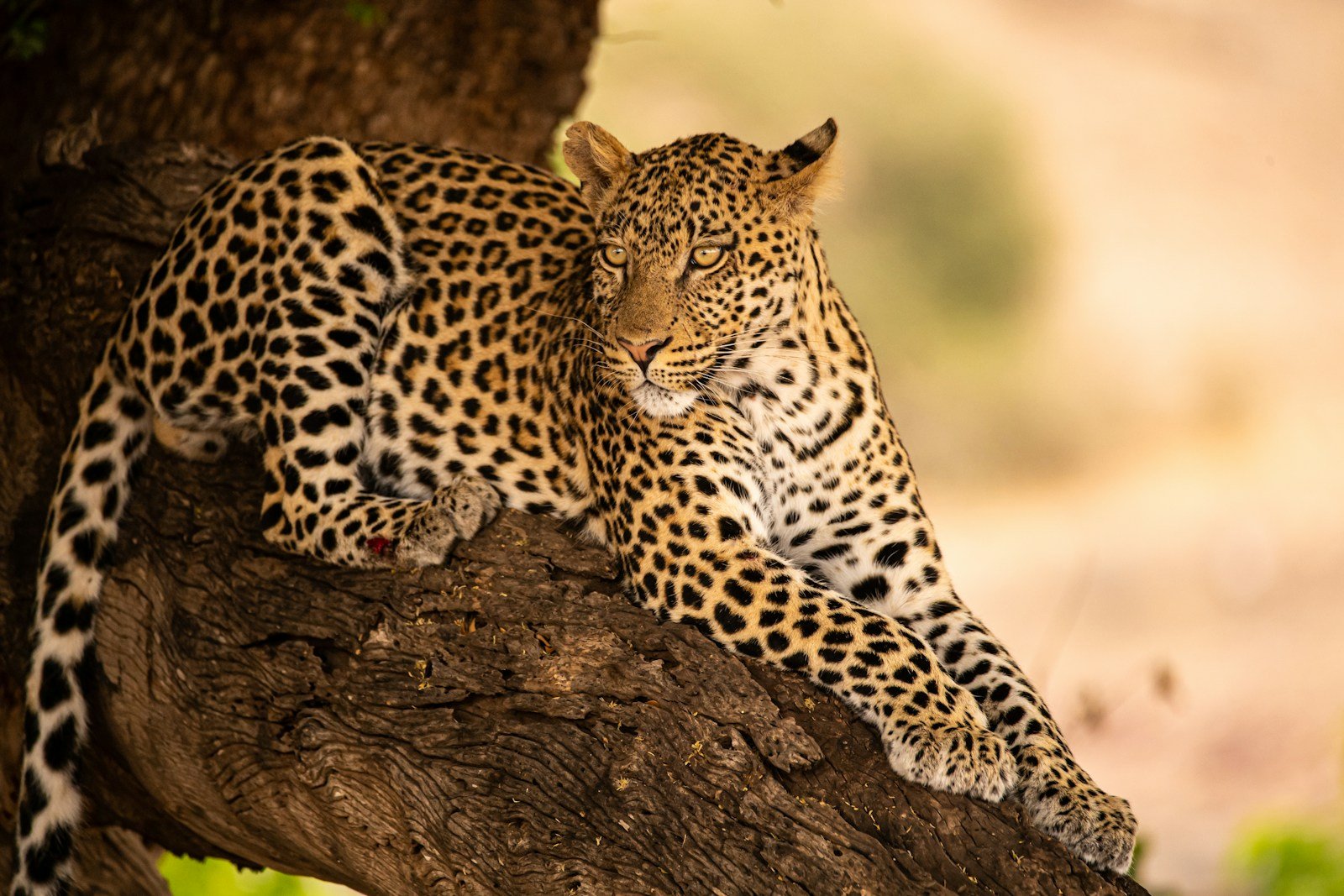
On the Indonesian islands, the mighty Komodo dragon poses a threat to big cats like leopards. Combining stealth, potent venom, and contagious bacteria, these large reptiles are capable of ambushing unsuspecting leopards. While not common, these encounters highlight the dangers faced by big cats in unusual habitats.
Elephants: The Power of Size
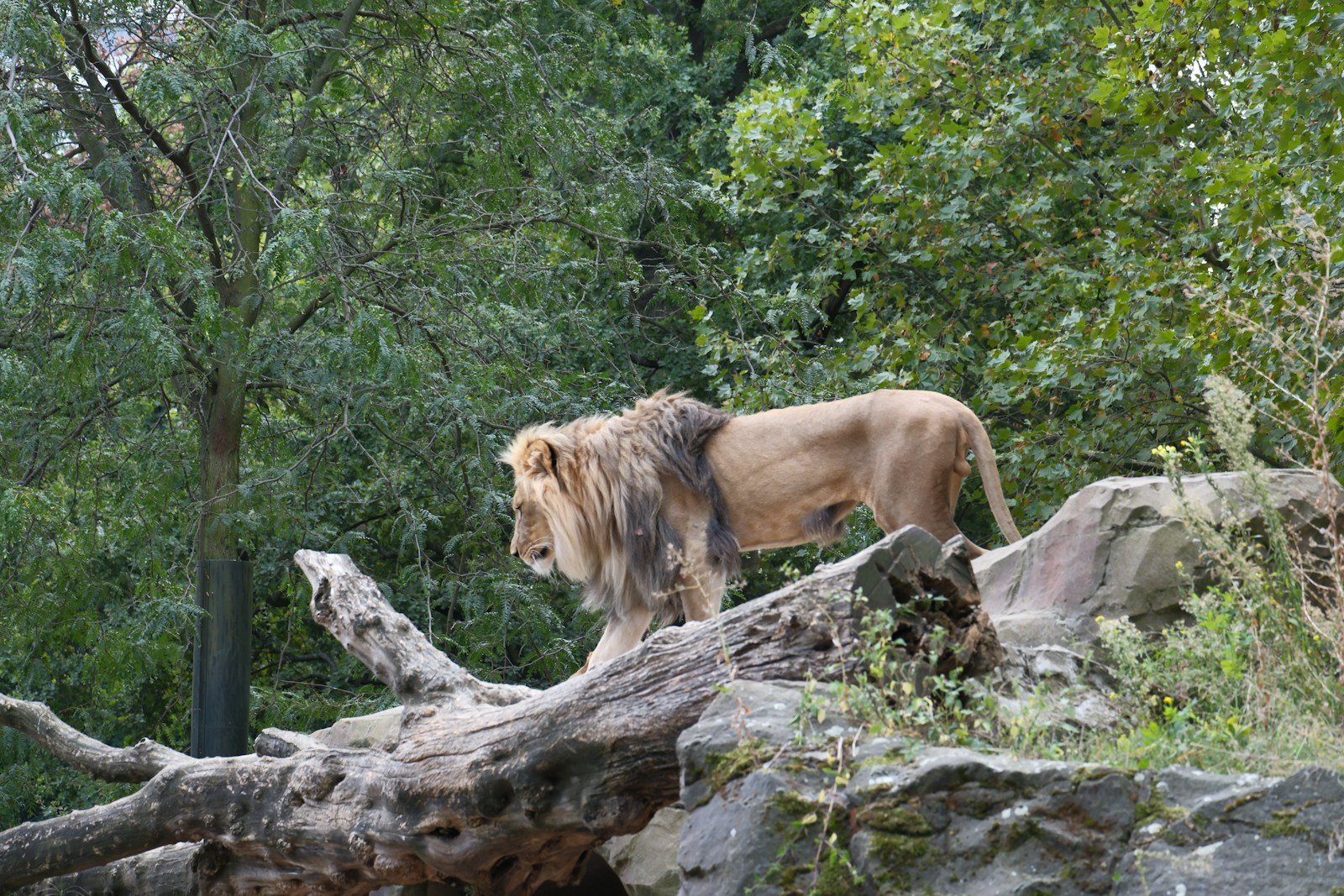
Elephants usually aren’t predators, but their massive size and strength can pose a lethal threat to big cats. In defense of their young, elephants may charge and trample lions or leopards who venture too close. This defensive behavior can inadvertently lead to the demise of an apex predator.
Other Big Cats: Territorial Battles
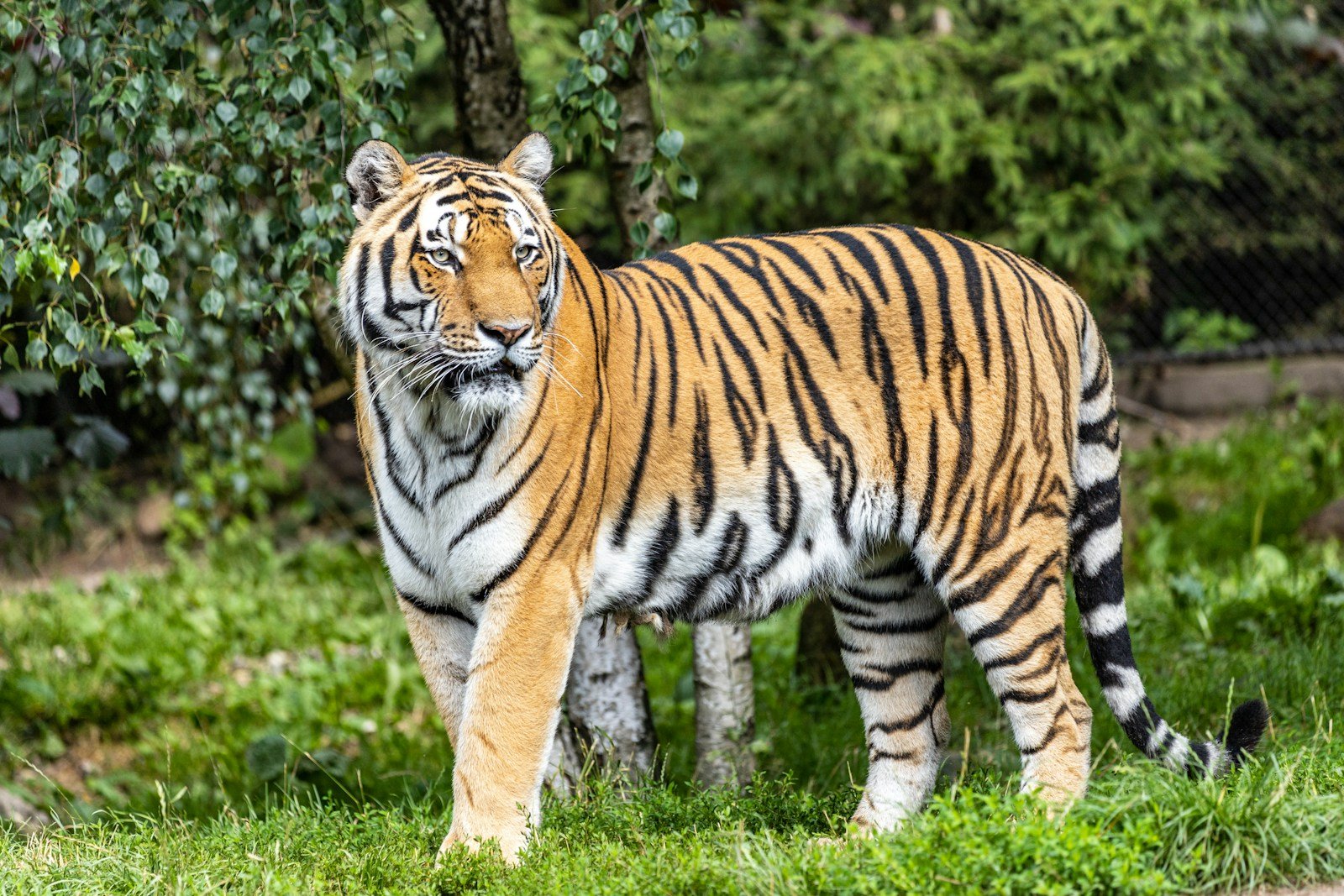
Competition among big cats themselves can lead to fatal encounters. Territorial disputes between tigers, leopards, or lions occasionally end in death, with one cat asserting dominance over a rival. These conflicts illustrate the high stakes of survival and dominance within the same ecological niche.
Humans: The Ultimate Apex Predator
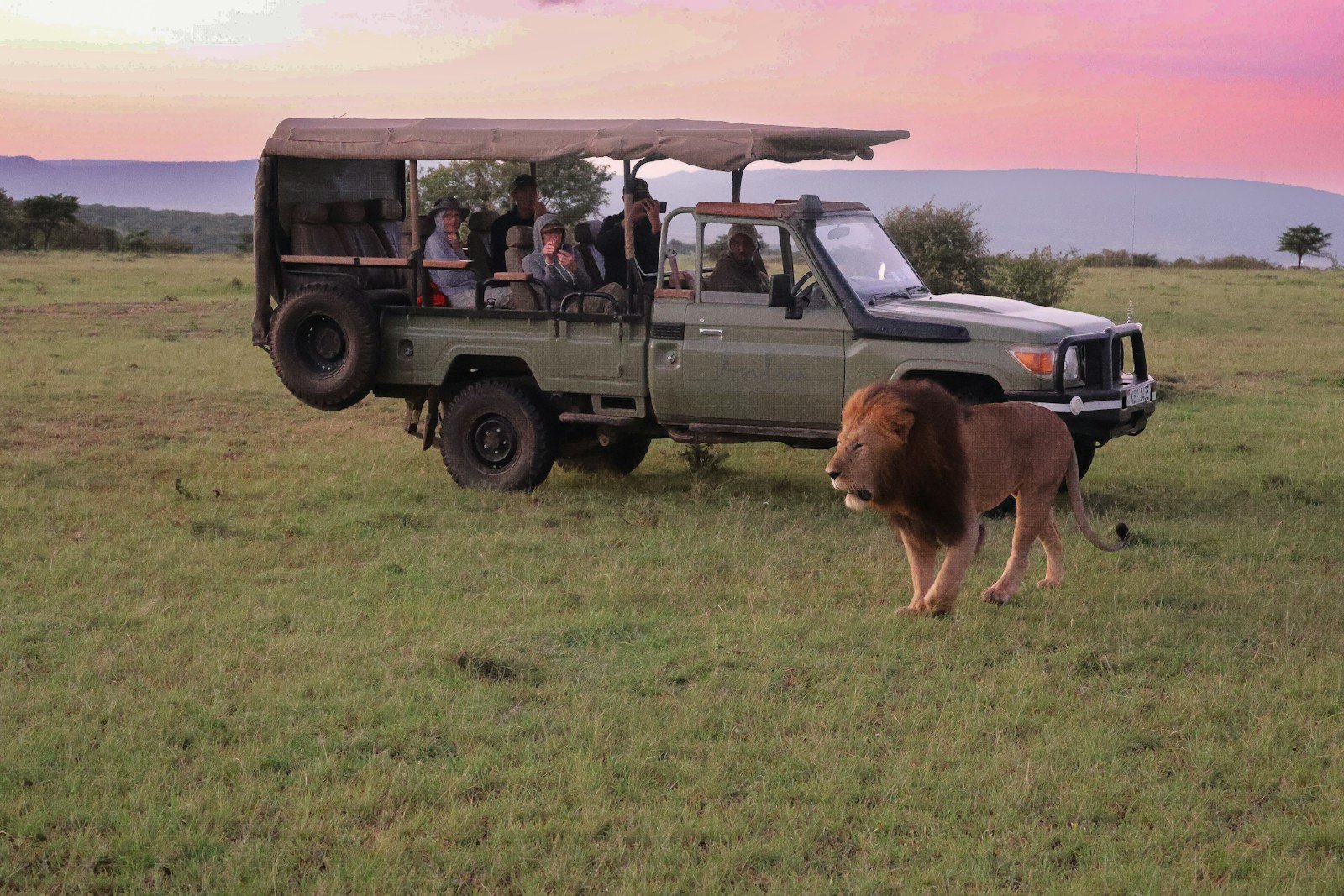
Unfortunately, humans remain the most significant threat to big cats. Through hunting, habitat destruction, and poaching, human activities have severely impacted big cat populations worldwide. Conservation efforts are crucial to reversing this trend and ensuring the survival of these majestic creatures.
Unseen Dangers: Disease and Parasites
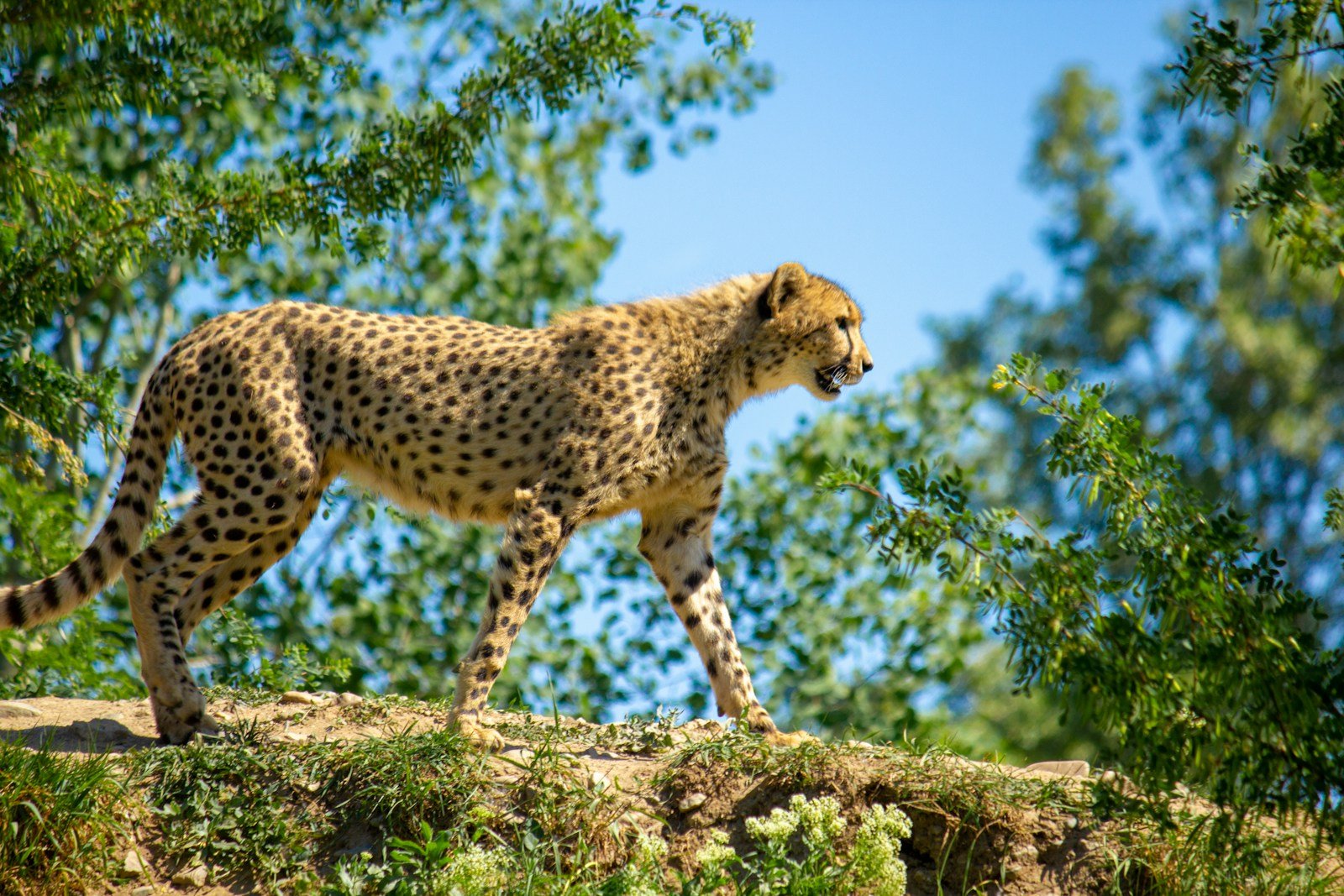
Beyond direct predation, big cats face threats from disease and parasites. Conditions like feline immunodeficiency virus (FIV) and infestations of parasites can weaken their health, making them more susceptible to predation and reducing their hunting efficiency.
Climate Change: A New Type of Predator
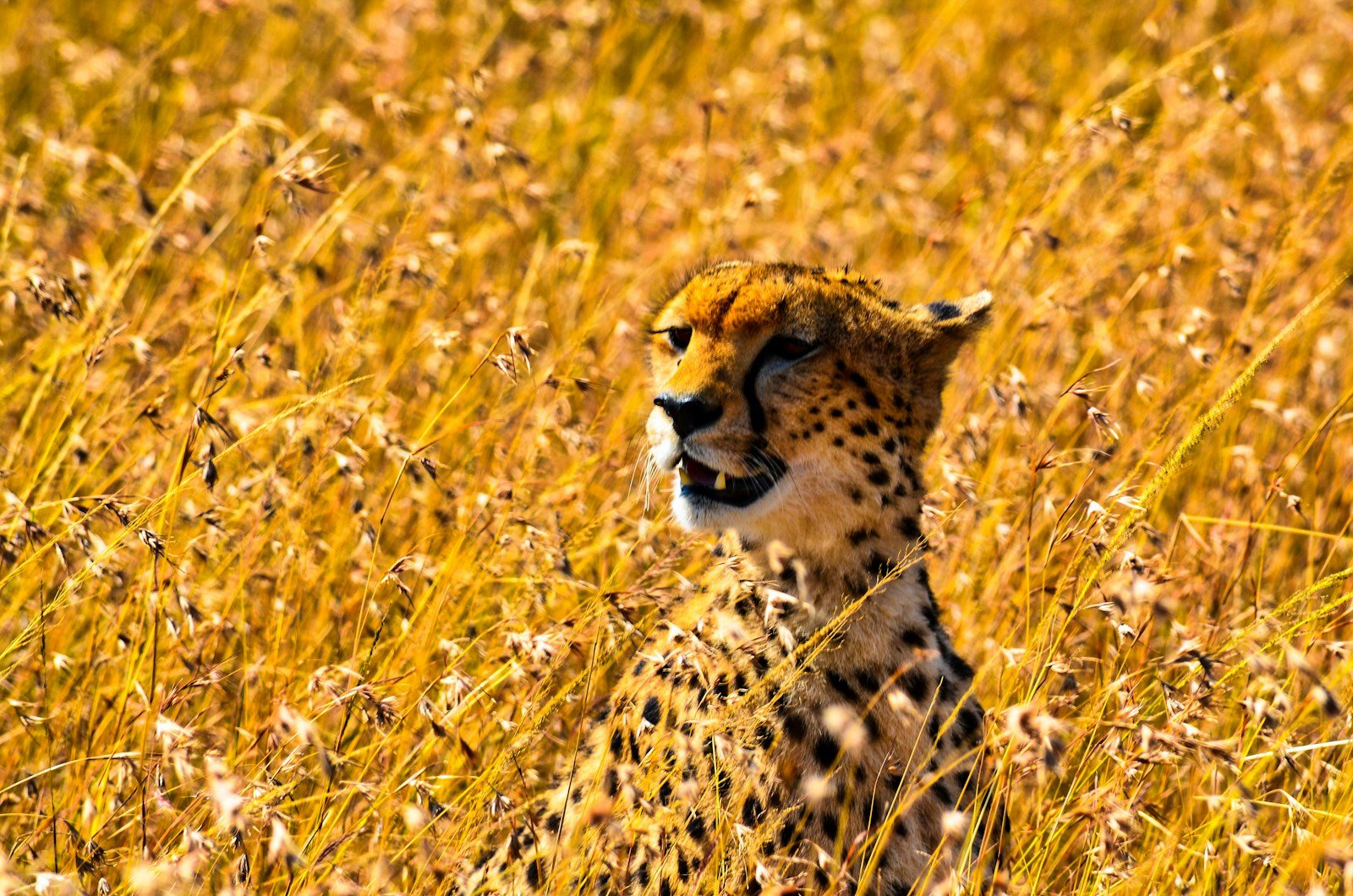
While not a predator in the traditional sense, climate change alters habitats, prey availability, and competition dynamics, indirectly affecting big cats. As ecosystems shift, big cats may face increased competition, reduced prey, and unfavorable conditions, highlighting the urgent need for environmental action.
Conclusion: The Delicate Balance of Nature
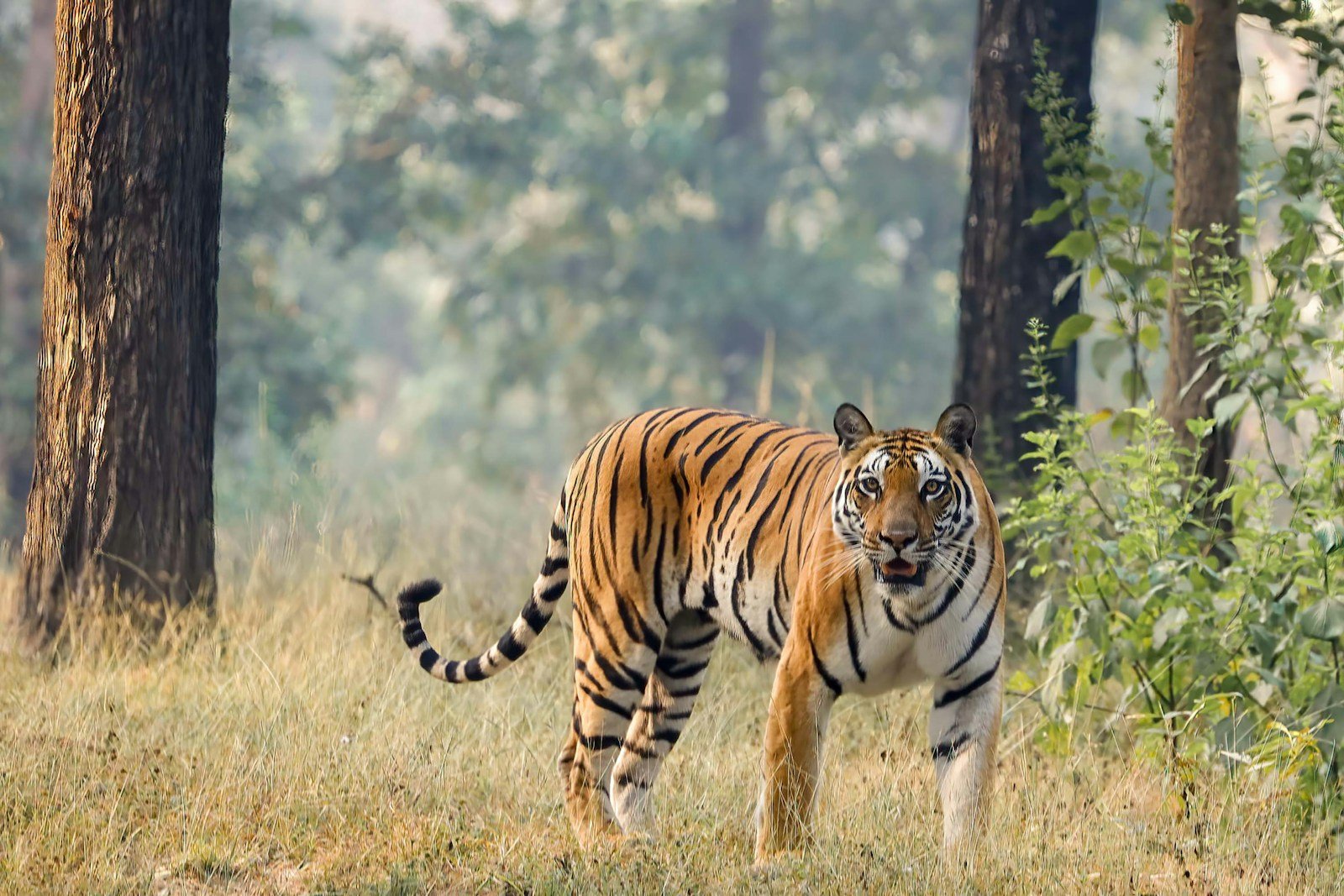
While big cats are often seen as indomitable, it is essential to recognize the complex interplay of threats they face. Crocodiles, hyenas, and humans, among others, remind us of the delicate balance that governs the natural world. By understanding these dynamics, we can better appreciate and protect the majestic big cats that capture our imaginations.
Hi, I’m Bola, a passionate writer and creative strategist with a knack for crafting compelling content that educates, inspires, and connects. Over the years, I’ve honed my skills across various writing fields, including content creation, copywriting, online course development, and video scriptwriting.
When I’m not at my desk, you’ll find me exploring new ideas, reading books, or brainstorming creative ways to solve challenges. I believe that words have the power to transform, and I’m here to help you leverage that power for success.
Thanks for stopping by, Keep coming to this website to checkout new articles form me. You’d always love it!





